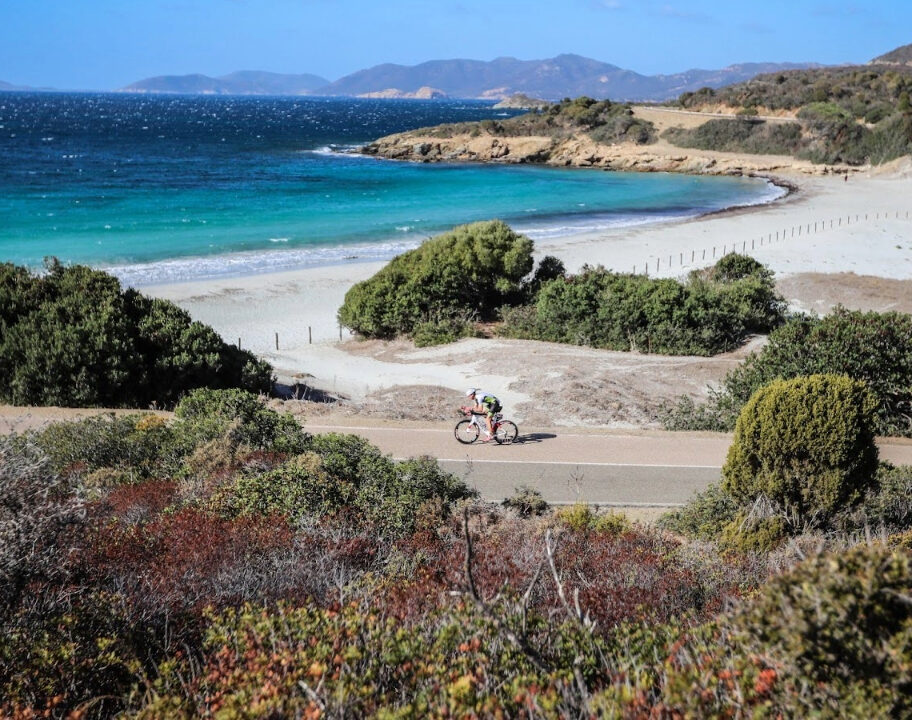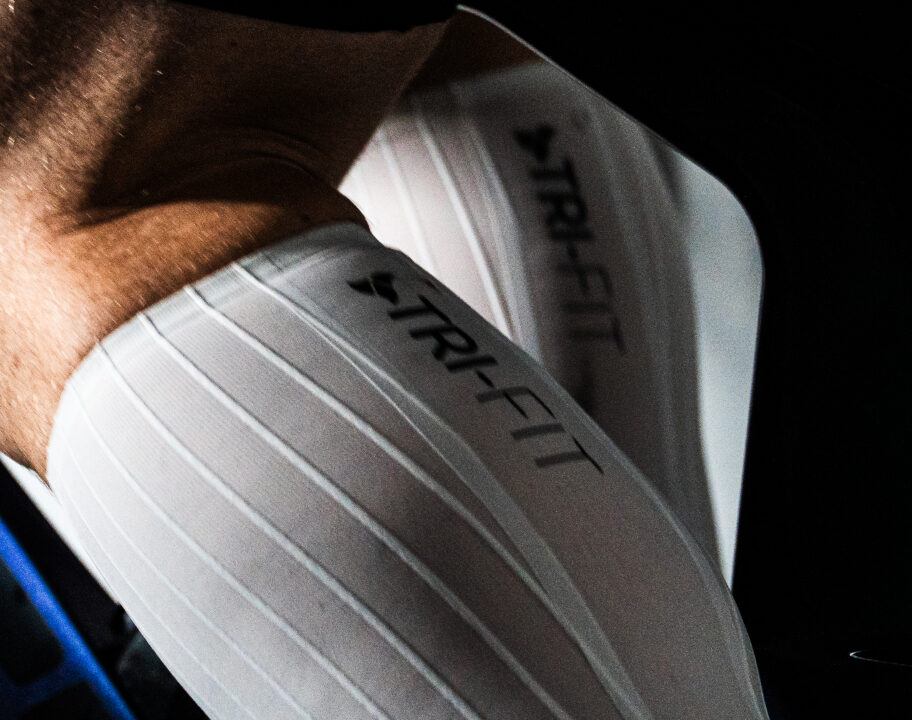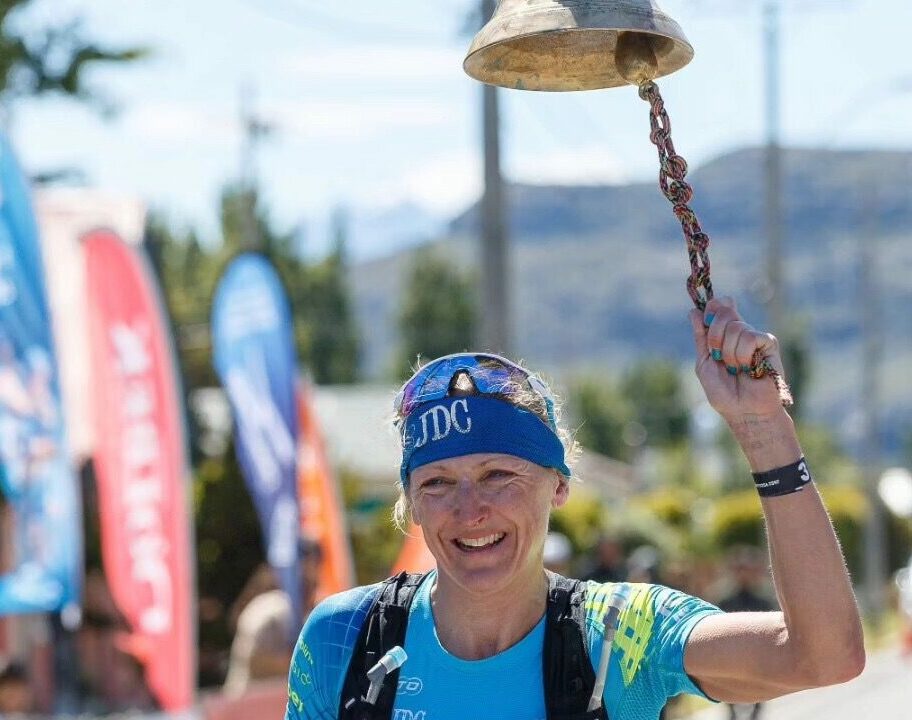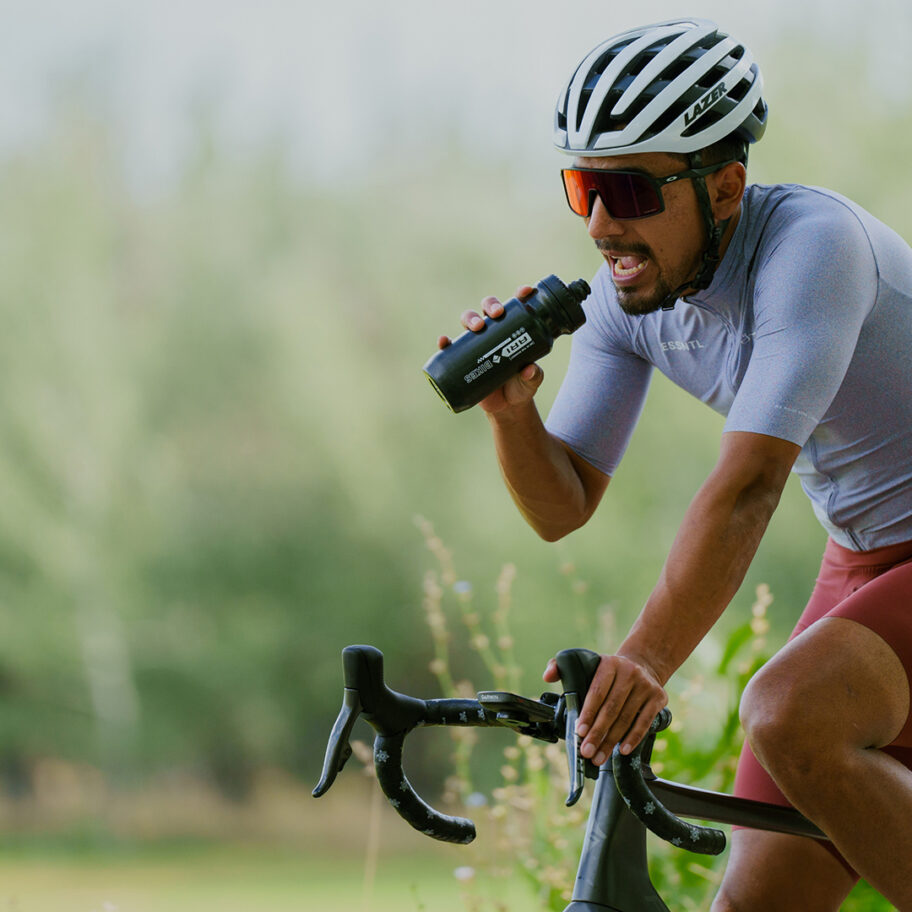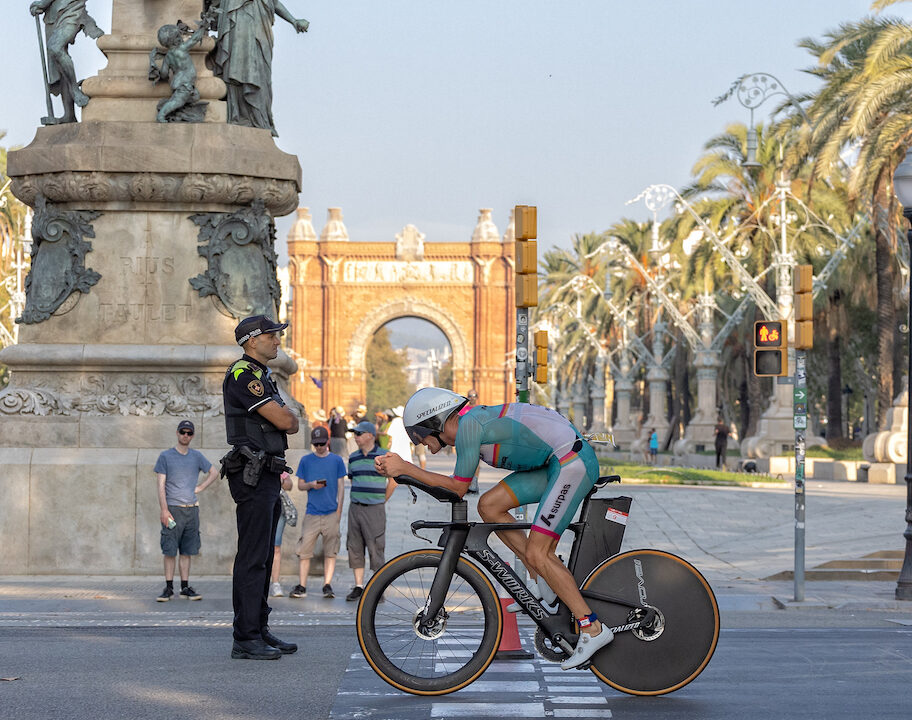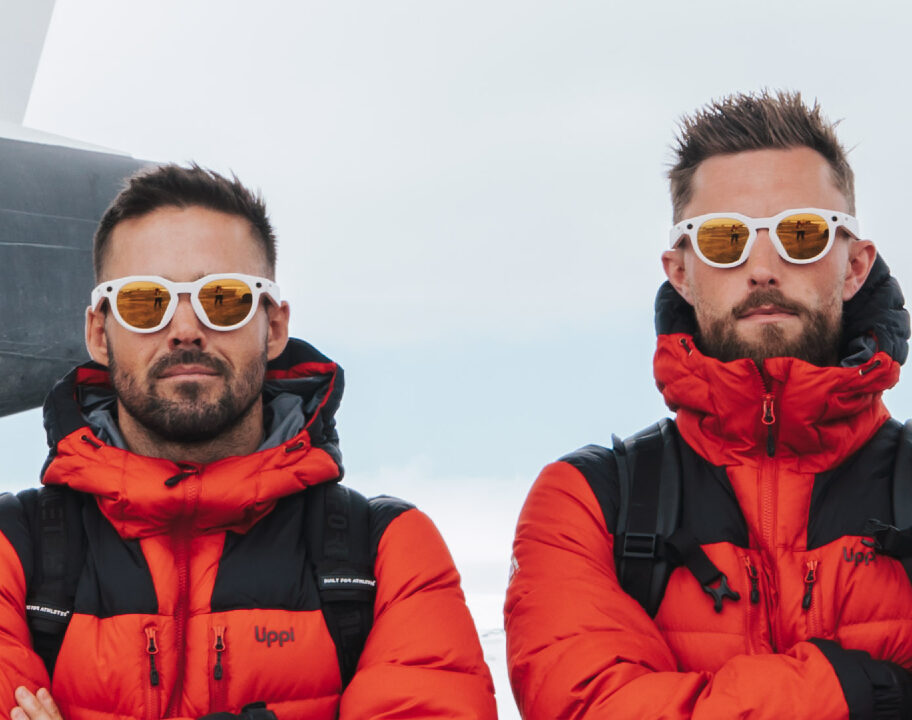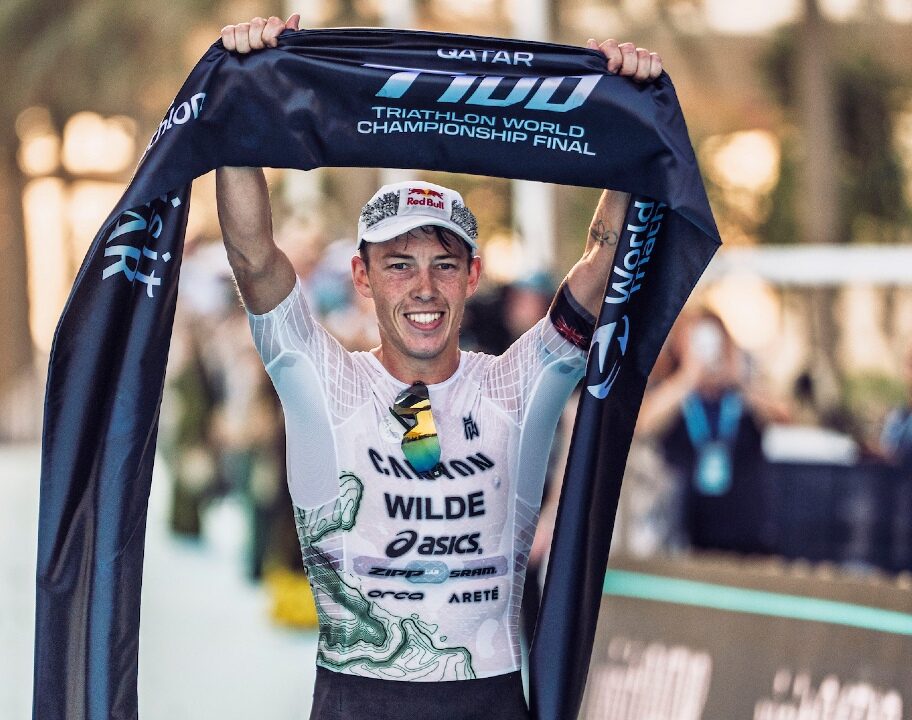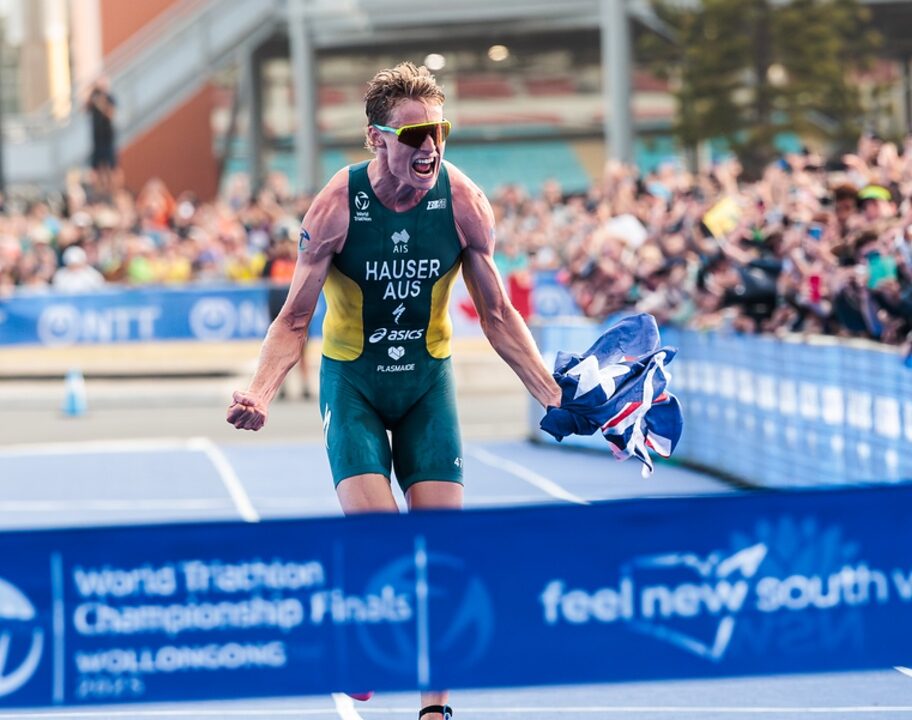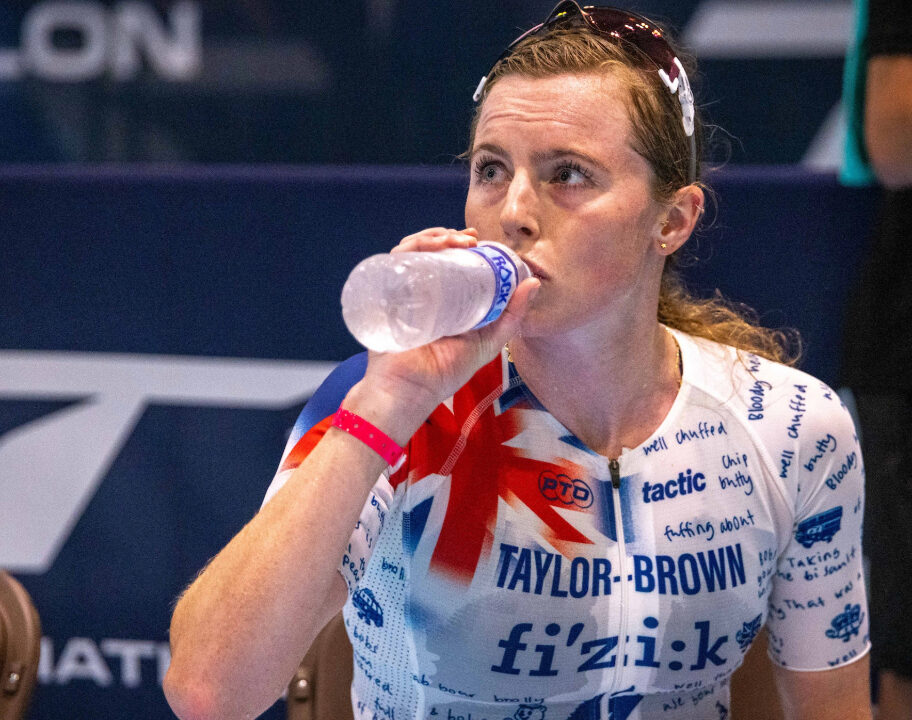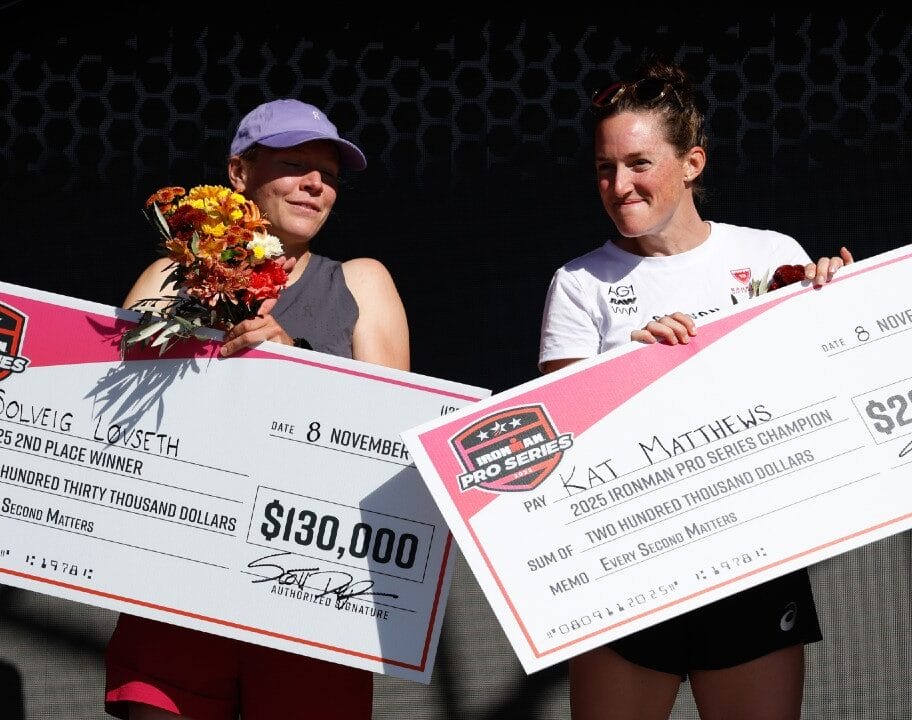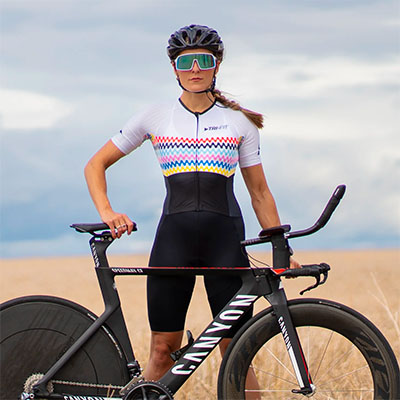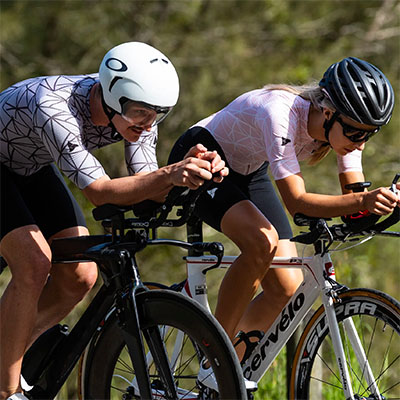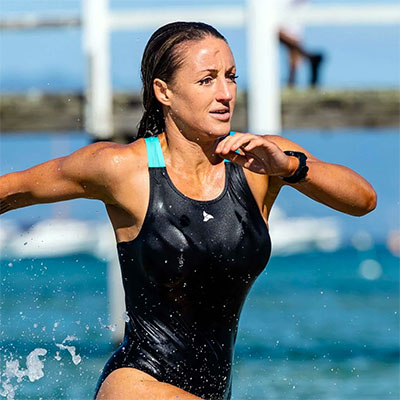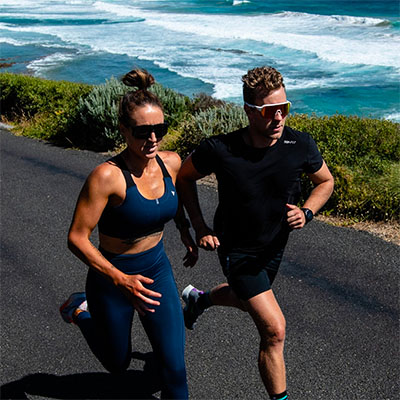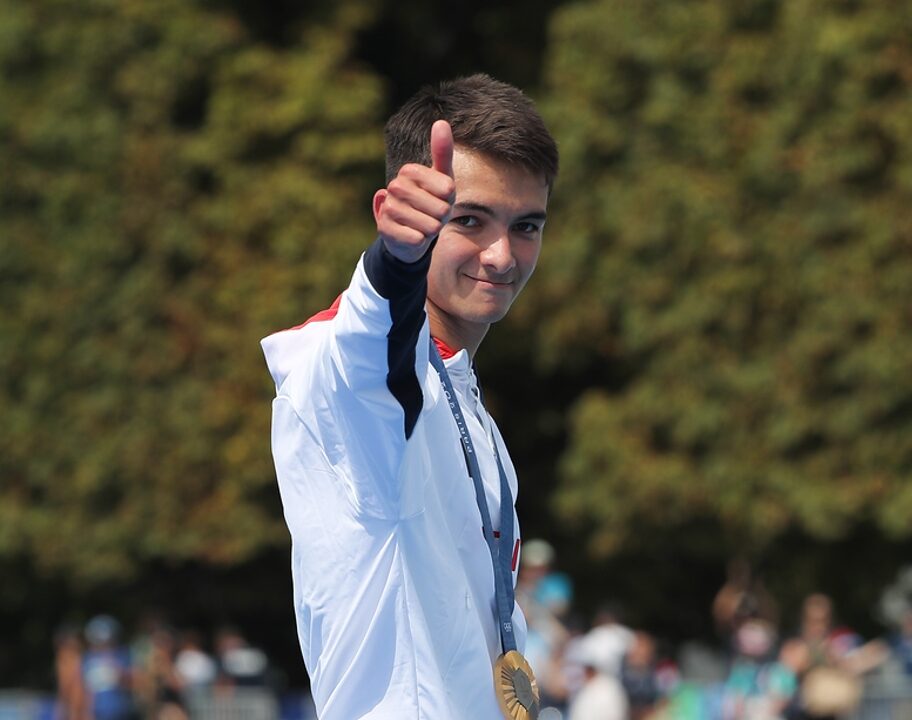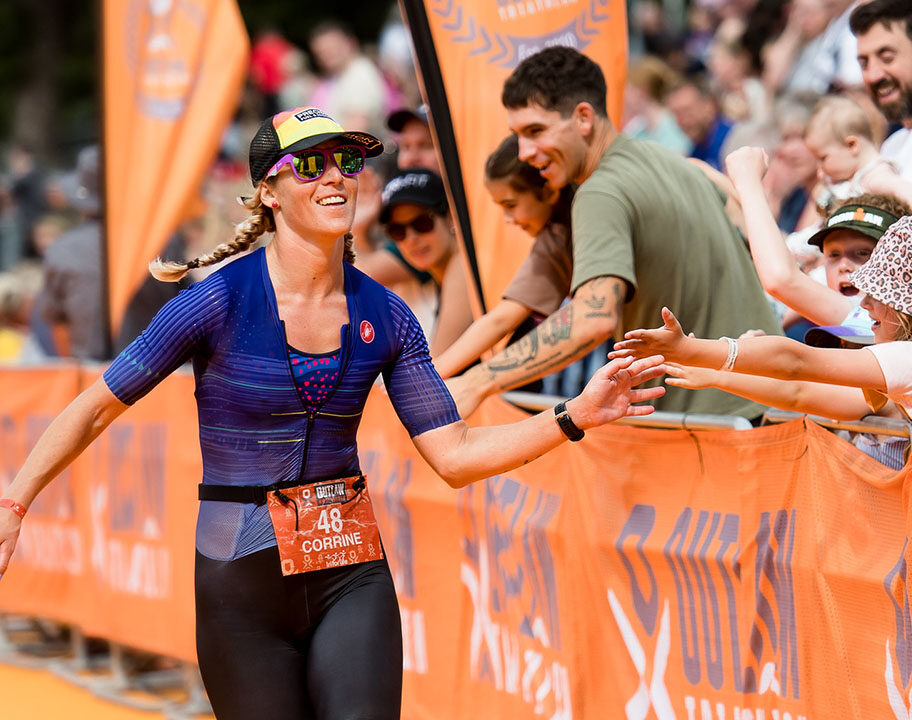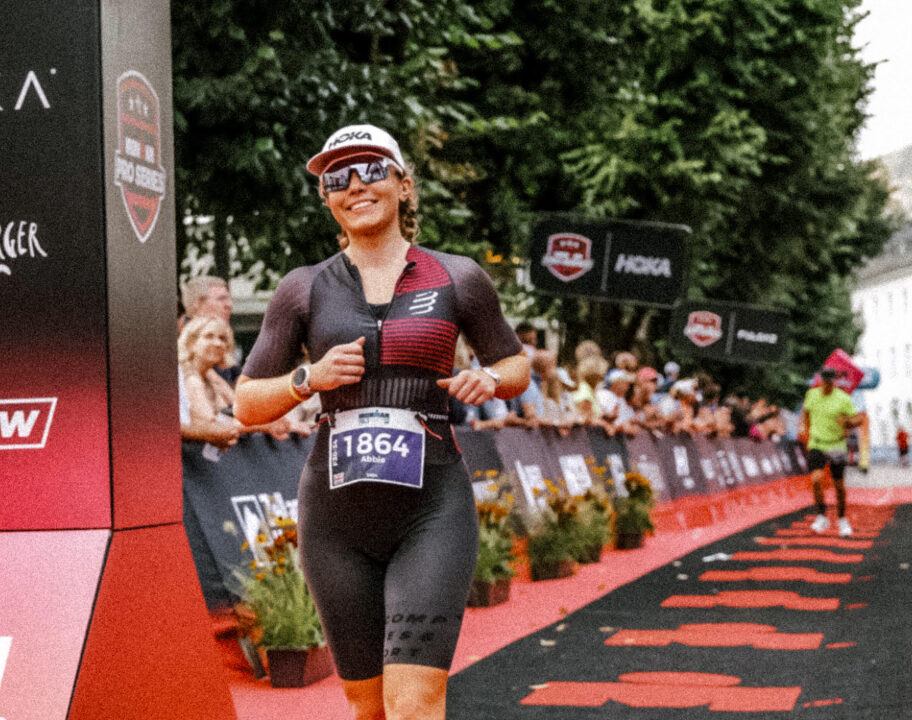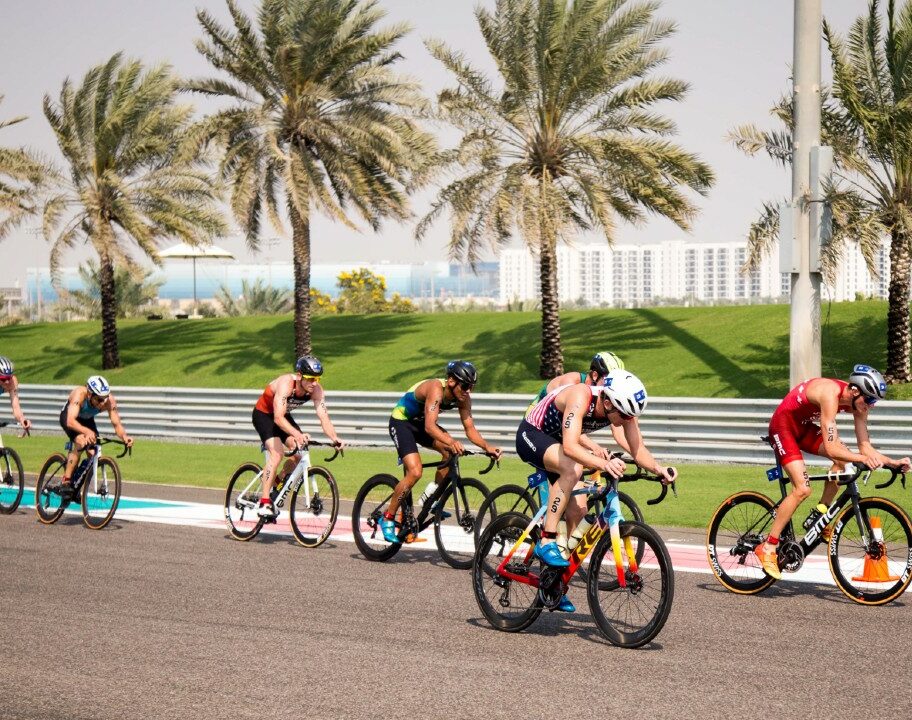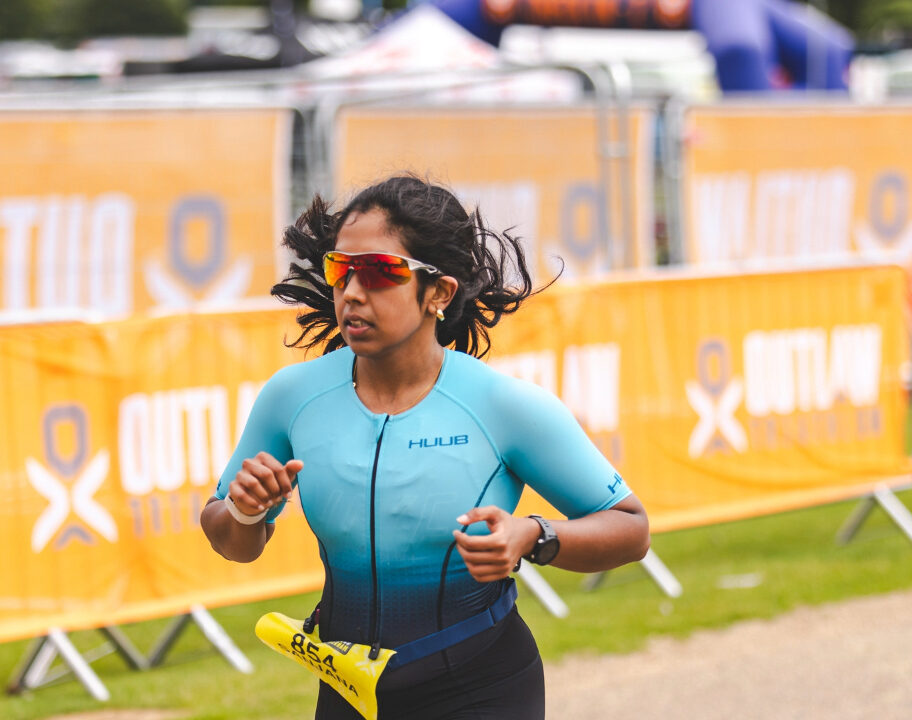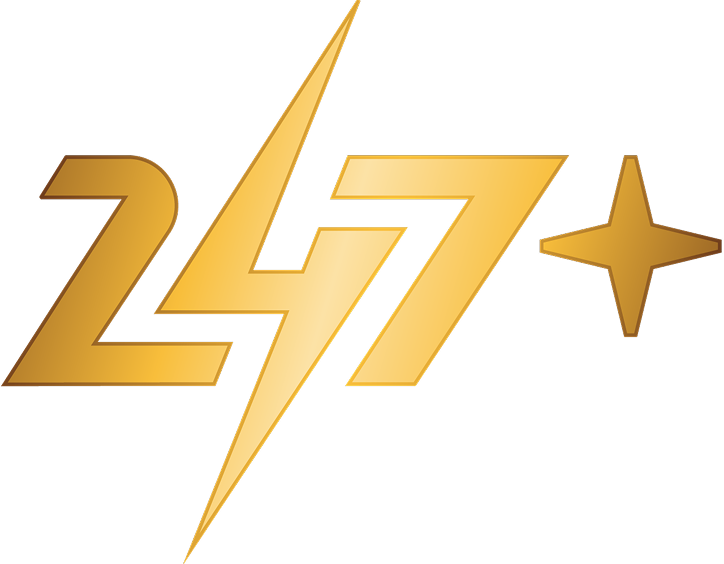Why 2015 was the year of the bike(r) in men’s Ironman racing. Is über-biker the new ‘normal’?
In May this year, Great Britain’s Joe Skipper had his career breakthrough race at the North American Championships at Ironman Texas. Finishing in second place there (and earning a $15,000 cheque), may well have saved his triathlon career – “Thank god for that otherwise I would have been lining up outside the job centre on Wednesday morning”, was his genuine post-race comment.
Related article: Analysis – Joe Skipper’s Ironman Texas
Of all of the stats to come from that race, arguably the one that gained the most headlines at the time came from Joe’s bike split that day, of 4:10:07. By my reckoning – at least, as at that point in time – that was the third fastest iron-distance bike split ever (excluding relays), with only the USA’s Andrew Starykowicz having twice gone faster at Ironman Florida.
Prior to the 2015 season, I can only find three previous instances where an athlete has gone faster than four hours and twelve minutes in an iron-distance race.
If we take a look now at the same table 12 months on (below), we see a very different picture. 2015 was a marquee year for men’s iron-distance racing generally, with the much coveted eight hour barrier broken a record number of times (11) by ten different athletes (as Marino Vanhoenacker achieved the feat twice – the first time that has ever been achieved in one season). The previous record for calendar year 7:XX clockings was six, in both 2011 and 2013.
Related article: Men’s Sub-8 Iron-Distance Club All-Time History
Going back to those bike splits now, the total number of sub-4:12 men’s iron-distance bike splits all-time has now grown massively from three to THIRTEEN in just one season.
All sub-4:12 men’s iron-distance bike splits up to end of 2015
| Athlete | Event | Year | Bike Split | Final Position |
|---|---|---|---|---|
| Andrew Starykowicz | Ironman Florida | 2013 | 04:02:17 | 2nd |
| Andrew Starykowicz | Ironman Arizona | 2015 | 04:03:35 | 4th |
| Andrew Starykowicz | Ironman Florida | 2012 | 04:04:39 | 1st |
| Luke McKenzie | Ironman Western Australia | 2015 | 04:08:12 | 1st |
| Jan Frodeno | Ironman European Championship (Frankfurt) | 2015 | 04:08:43 | 1st |
| Andrew Starykowicz | Challenge Roth | 2015 | 04:09:13 | 104th |
| Nils Frommhold | Challenge Roth | 2015 | 04:09:30 | 1st |
| Joe Skipper | Ironman Texas | 2015 | 04:10:07 | 2nd |
| Sebastian Kienle | Ironman European Championship (Frankfurt) | 2015 | 04:11:07 | 2nd |
| Marino Vanhoenacker | Ironman Latin American Championships (Brasil) | 2015 | 04:11:23 | 1st |
| Lionel Sanders | Ironman Texas | 2015 | 04:11:25 | 4th |
| Andreas Raelert | Challenge Roth | 2011 | 04:11:43 | 1st |
| Marino Vanhoenacker | Ironman Austria | 2015 | 04:11:47 | 1st |
How long’s the course?
Alas, our sport does appear to have a far too relaxed (doesn’t care?), attitude to course measurement, and so to some degree one could reasonably argue “so what, how do we know if that course was accurate or not?”.
That’s the subject of another article perhaps – since the ‘victims’ in these situations in my opinion are the athletes, as a post-race view of performances should not involve an internet analysis of Strava to judge whether we ‘think’ it was short or not, based on taking an average of Age-Group athletes GPS files.
(As an aside, such issues are not accepted in Time Trials or Marathon running – look at the impact of a short course (by less than half a mile), in a UK 100-mile TT, or the Yokohama Marathon being 186.2 metres short.)
That said, I still believe there is a significant story in these statistics. The events involved in the 2015 bike splits seen above (Arizona, Western Australia, Frankfurt, Roth, Texas, Austria), are not new on the scene. Even if we are not trying to analyse versus a ‘180km-assumed distance’, all have seen course records smashed this year.
The performances – across a range of courses by a significant number of athletes – still shows the same trend of a significant step change in cycling performance at the top end of men’s long course racing.
Bike splits for show, run splits for dough?
Quite rightly, one might argue that as nice as a fast bike split is – whether for ego, PR, bonus money, marketing etc – triathlon is a sport made up of three disciplines, and it is position AFTER the run that is important.
Why smash yourself up on the bike and then blow on the run? Again, that doesn’t appear to be the case here. How did these athletes get on after setting some of the fastest bike splits in iron-distance history? Actually, very well:
- Half of the fastest iron-distance bike splits in 2015 also saw that athlete win the race.
- In two further instances, the athlete finished second.
- In a further two instances, the athlete finished fourth.
- i.e. 90% of the time, the athlete finished at least fourth.
The only ‘blow-up’ was Andrew Starykowicz at Challenge Roth (9:36:44, with a 4:34:48 run), and even then, that can be more confidently attributed to his lack of run-fitness at that time having very recently returned to racing after an extensive period out recovering from a serious injury. He showed several times later in the year – including Arizona – that he could bike exceptionally and still run.
Want to race well in Men’s professional iron-distance racing? You had better bike well then – VERY well.


